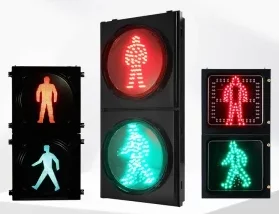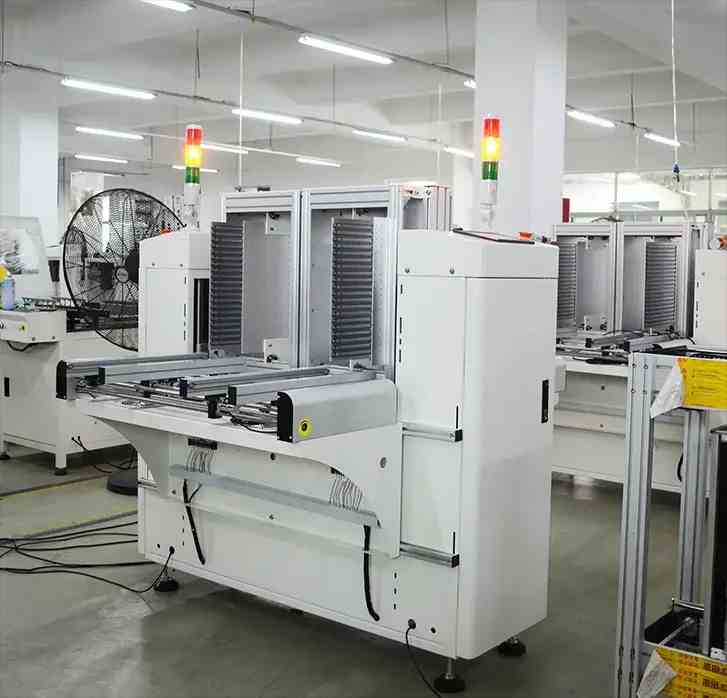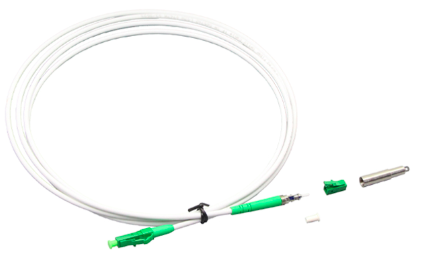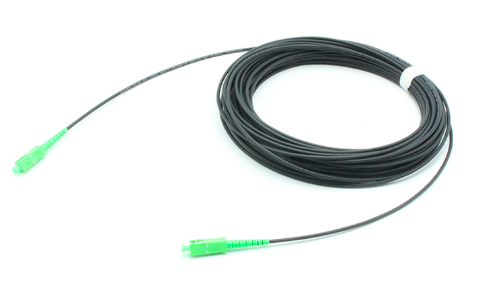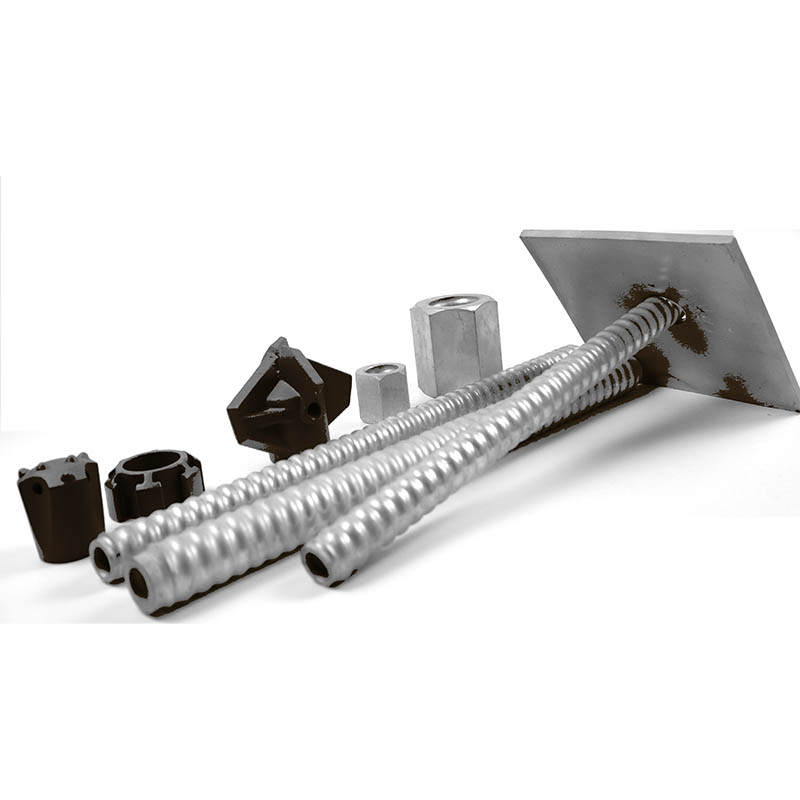目录
In high-speed manufacturing and packaging environments, precision and space efficiency are non-negotiable. A 90 degree rotation conveyor is a specialized material handling solution designed to change product orientation or direction without manual intervention. Whether rotating boxes, pallets, trays, or fragile components, selecting the right system is critical to maintaining flow, protecting product integrity, and optimizing workspace layout.
Choosing the right 90 degree rotation conveyor isn’t just about mechanical specs—it’s about aligning system capabilities with real-world production demands. This article offers a clear, professional guide on how to evaluate and choose the best solution, while integrating SEO-relevant insights that help decision-makers confidently navigate available options.
Understanding the Role of a 90 Degree Rotation Conveyor
A 90 degree rotation conveyor is typically used to reorient products as they move through a production line. This could involve:
-
Rotating boxes to align them with labeling or scanning equipment
-
Reorienting delicate items before packaging
-
Changing product direction to suit facility layout constraints
Unlike traditional conveyors, these systems handle orientation as part of the movement process, which can significantly reduce manual handling, boost consistency, and support automation goals.
Key Factors to Consider When Selecting a 90 Degree Rotation Conveyor
Selecting the right conveyor system involves a careful balance of product specifications, production volume, and operational requirements. The following considerations should guide the selection process:
1. Product Type and Handling Requirements
Understanding the physical characteristics of the products being conveyed is essential. Evaluate:
-
Size and shape: Irregular or fragile items may require additional support mechanisms.
-
Weight: Heavier loads might need powered rollers or reinforced structures.
-
Surface material: Products with slick surfaces may require anti-slip mechanisms during rotation.
The best 90 degree rotation conveyor will ensure gentle and consistent handling, especially when dealing with variable product dimensions or sensitive surfaces.
2. Rotation Mechanism and Precision
There are several rotation technologies available:
-
Turntable-style conveyors rotate the entire platform while the product remains stationary.
-
Belt or chain-based pivot systems rotate items while they continue moving forward.
-
Servo-driven systems offer programmable, highly accurate rotation speeds and angles.
If your production line requires precise product orientation for barcode reading, robotic pick-and-place, or automated inspection, invest in a high-precision servo-controlled 90 degree rotation conveyor.
3. Speed and Throughput Demands
High-volume lines require conveyors that can maintain consistent rotation at high speeds without jamming or misalignment. Evaluate the system’s ability to: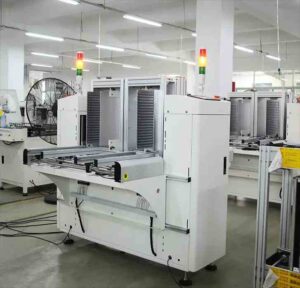
-
Synchronize with existing conveyors or machines
-
Handle back-to-back products without collision
-
Maintain orientation accuracy during rapid throughput
Always match the conveyor’s cycle time to your line’s speed to avoid production slowdowns or quality issues.
Integration and Compatibility with Existing Systems
A 90 degree rotation conveyor must seamlessly fit into your existing automation setup. Consider:
-
Height and width alignment with adjacent conveyors
-
Electrical and control system compatibility with upstream or downstream equipment
-
Modular design options for easy reconfiguration as layout changes
Poor integration can create unnecessary maintenance challenges or inefficiencies, which directly impact ROI.
Advantages of Implementing a 90 Degree Rotation Conveyor
When correctly chosen and implemented, these conveyors offer a range of performance and operational benefits:
-
Reduced manual intervention, minimizing labor costs and risks of injury
-
Consistent product orientation, enhancing packaging, labeling, and scanning accuracy
-
Efficient use of space, allowing for tighter conveyor layouts in limited factory footprints
-
Improved line automation, enabling seamless transitions between operations
These advantages make 90 degree rotation conveyors especially valuable in sectors like e-commerce fulfillment, food packaging, and electronics assembly, where orientation and speed are critical.
Common Mistakes to Avoid When Choosing a 90 Degree Rotation Conveyor
Even experienced operators can overlook critical details that lead to inefficient performance. Avoid these common pitfalls:
-
Underestimating product variability: Some systems perform well only with uniform items and struggle with mixed-size or weight ranges.
-
Choosing non-adjustable systems: Lacking flexibility can become a major limitation as product lines evolve.
-
Ignoring maintenance accessibility: Poor design can complicate cleaning or part replacement.
-
Focusing solely on cost: While price matters, a cheaper system with lower durability or poor integration will cost more in the long run.
Carefully weighing these factors ensures your 90 degree rotation conveyor becomes a long-term asset rather than a recurring problem.
Optimizing Performance Through Smart Design and Layout
In many cases, performance is dictated not just by the conveyor itself, but how it is installed and used. To enhance efficiency:
-
Position rotation conveyors at natural junctions in your line (e.g., before diverters or labelers)
-
Avoid overloading the system with oversized or stacked products
-
Coordinate speeds with adjacent equipment using sensors or centralized PLC control
-
Design with flexibility by choosing conveyors that allow angle adjustment or reversible motion
These best practices ensure that your 90 degree rotation conveyor supports rather than hinders your operational flow.
Future-Proofing Your Investment
While it’s essential to address current production needs, it’s equally important to consider future scalability. Modular 90 degree rotation conveyors that support easy upgrades—such as motor replacements, rotation angle adjustments, or sensor integrations—help protect your investment.
You may not need advanced features now, but as automation increases and product lines diversify, flexible design becomes a valuable advantage. Choose a supplier or manufacturer that offers service support, customization options, and clear upgrade paths.
Final Thoughts
Choosing the right 90 degree rotation conveyor is a decision that impacts your entire production line—from efficiency and product quality to long-term scalability. By focusing on key parameters such as product type, precision, integration, and speed, you can avoid costly mistakes and ensure that your material handling process runs smoothly.
Investing in the right conveyor solution isn’t just about equipment—it’s about creating a synchronized, intelligent production environment where every element works together. With a properly chosen 90 degree rotation conveyor, your facility can handle orientation challenges with confidence, accuracy, and speed.
0